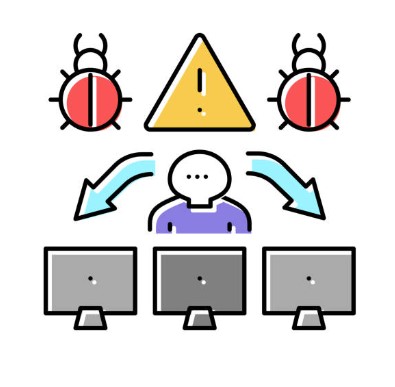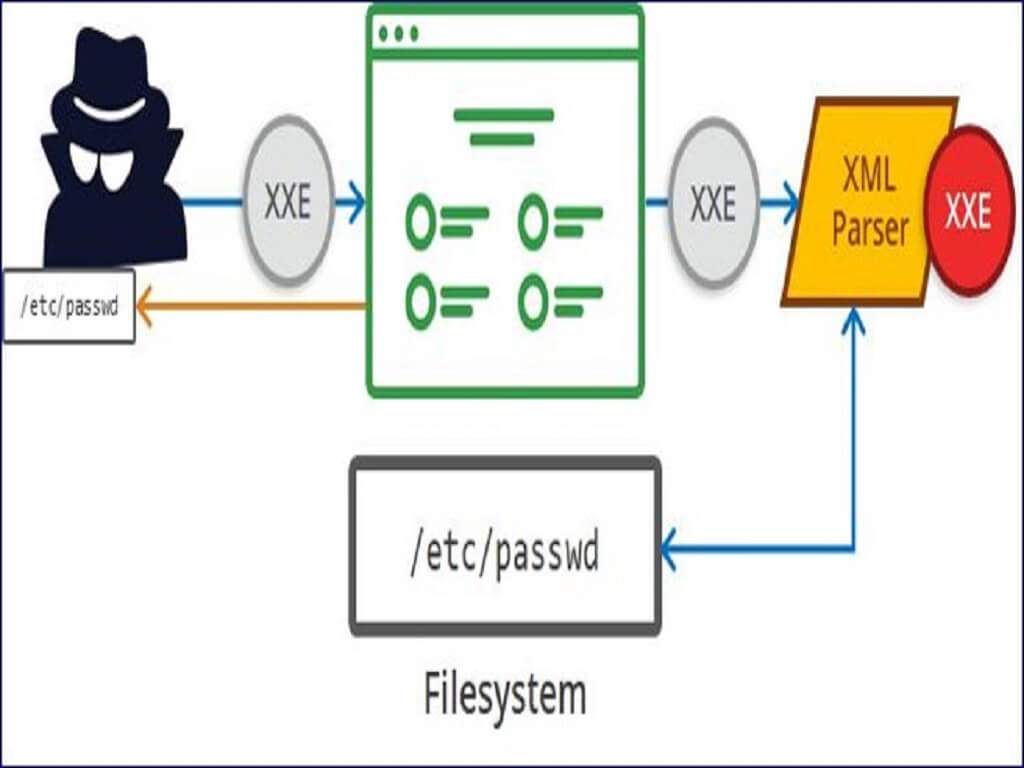
Introduction
Insider threats refer to cybersecurity risks that originate from within an organization. This typically occurs when a current or former employee, contractor, vendor, or partner with legitimate user credentials abuses access to damage an organization's networks, systems, and data. Regardless of intent, the result is compromised confidentiality, availability, and integrity of enterprise systems and data. Insider threats underlie most data breaches. Traditional cybersecurity strategies, policies, procedures, and systems often focus on external threats, leaving organizations vulnerable to attacks from within.
Types of Insider Threats

1)Unwary Insider Threats
Careless Insider Security threats appear inadvertently. They are often the result of human error, poor judgment, unintentional collusion, convenience, phishing (and other social engineering tactics), malware, and stolen credentials. Data subjects are unknowingly exposing company systems to external attacks.
An unwary insider threat can be a pawn or a fool.
- Pawn: A pawn is an authorized user who has been unintentionally manipulated into acting maliciously, often through social engineering techniques such as spear phishing. These unintentional actions include downloading malware onto your computer or sharing confidential information with crooks.
- Fool: Goofs intentionally engage in potentially harmful actions, but they are not malicious. They are arrogant, ignorant, and/or incompetent users who do not recognize the need to comply with security policies and procedures. Users who store sensitive customer information on their devices are idiots, even though they know it violates company policy.
2)Malicious Insider Threats
Key targets for malicious insider threats include espionage, fraud, intellectual property theft, and sabotage. They intentionally abuse privileged access to steal information or compromise systems for financial, personal, and malicious reasons. Examples include an employee selling sensitive data to a competitor, or a disgruntled prime contractor introducing debilitating malware into the company's network.
Malicious insider threats can be collaborators or lone wolves.
- Collaborator A collaborator is an authorized user who cooperates with a third party to intentionally harm an organization. Third parties may be competitors, nation-states, organized crime networks, or individuals. Employee behavior leads to the exposure of confidential information or disruption of business.
- Lone Wolf Lone wolves act completely independently and without outside manipulation or influence. This can be particularly dangerous as they often have privileged system access such as database administrators.
How to recognize insider risk?

Well-armed organizations to detect insider threats early limit potential damage. Insider threats can be the most damaging because they already exist within the network where access to sensitive data is much easier.
- Abnormal logins: :IT already has data about users' normal login patterns, such as when and where they log in. Any occurrence of user logins that do not follow this pattern should be treated with suspicion.
- Abnormal application access: Are users trying to access unauthorized applications? Are these attempts repeated? If so, this could be a sign of a compromised account.
- Excessive downloads: Malicious insiders can prey on resources such as intellectual property and other proprietary data stored in huge files and databases. If insiders are using excessive network bandwidth, administrators should ensure that their activities are legitimate.
- A Large number of users with escalated privileges: Just because admins can grant other users access to sensitive information doesn't mean they're smart about which users they grant access to. Persons with higher levels of access to the corporate network can pose a potential insider threat, so escalated privileges should be kept to a small group.
How to protect yourself from insider attacks
1)Protect your critical assets
Identify your organization's critical logical and physical assets. Understand each critical asset, prioritize assets, and determine the current state of protection for each asset. Of course, the highest priority assets should receive the best protection against insider threats.
2)Create a baseline of normal user and device behavior
Various software systems can track insider threats. These systems work by first centralizing user activity information with access, authentication, account change, endpoint, and VPN (virtual private network) logs. Use this data to model and assign risk scores to user behavior related to specific events. Users downloading sensitive data to removable media or logging in from unusual locations.
3)Enforce the policy
Define, document, and disseminate your organization's security policy. This avoids ambiguity and creates a good basis for enforcement. Employees, contractors, suppliers, or partners should never question what constitutes acceptable behavior concerning an organization's security posture.
4)Facilitate cultural change
Detecting insider threats is important, but it's smarter and more cost-effective to prevent users from taking unpredictable actions. In this regard, facilitating security-aware culture change and digital transformation is critical. Instilling the right beliefs and attitudes can help combat blunders and address the roots of malicious behavior.
Illustrates of Insider Threats
- In November 2021, a former hospital employee in Valdosta, Georgia downloaded personal data from South Georgia Medical Center onto a USB drive the day after he was fired for no reason. This is an example of a malicious insider threat when the insider is angry, unhappy, or has other personal reasons for harming the organization.
- During the pandemic lockdown, many companies furloughed or laid off the majority of their workforce, angering some of them. A man fired from a medical packaging company in March 2020 hacked into the company's network and deleted over 120,000 files, delaying the shipment of his critical PPE equipment to the company's customers.
- In 2019, security researchers discovered that Microsoft forgot to protect its customer database, effectively exposing over 250 million customer records on the internet. This is an instance of a "negligent insider".
Conclusion
Insider threats pose a variety of dangers to keep your security network strong. Sensitive information is more accessible than an external attack and can wreak havoc on an organization. Insider threat detection is more proactive than responsive. Employees are better informed, and better able to leverage threats and apply business process analytics.





